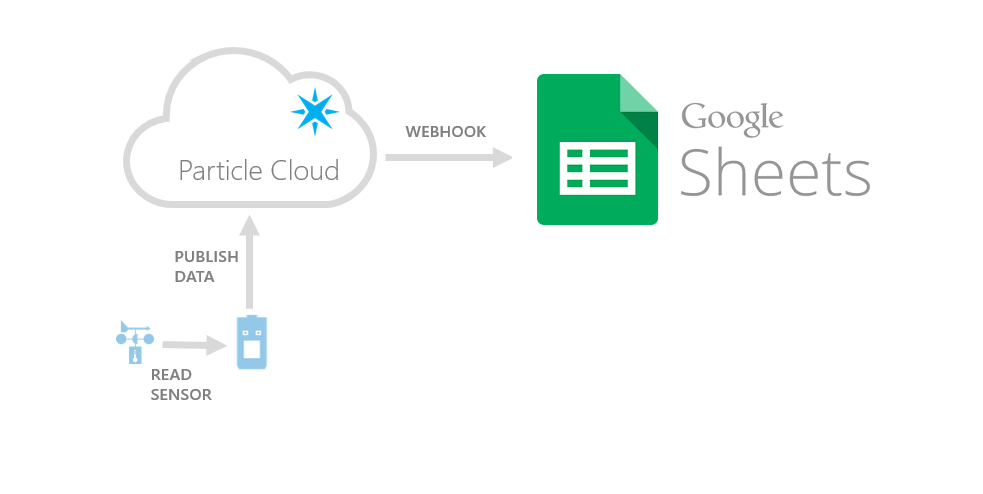Hi there,
I wrote an article on how your hardware can push data to Google Docs, in those (rare) cases where the Blynk graph widget may not be enough for your needs.
Hope you find it useful,
Gustavo.
Dear @gusgonnet
I found your write up very very useful but I have some questions: is this method working without particle account and just using a WeMos or ESP8266? Can you elaborates a little bit?
Thanks and Best Regards,
Mike Kranidis
@gusgonnet nice! We will release soon webhook widget. So it will simplify any kind of integration a lot.
Hello Dmritriy,
What will be the next widget??
I’m so exited.
Hey @mikekgr,
This method works with a particle and any other hardware. In the particular case of a particle, we can use a webhook. In all other cases, we can use an HTTP library. For instance I was able to push information straight from my ubuntu laptop while I was testing it (hint: using the curl command).
In your case, your Wemo or ESP8266, or any hardware you might be using for that matter, needs to send an http POST request with headers and body set to what is described in the section Setup your hardware to push data - General case.
If and when the hardware pushes your data (hint: when it sends the http request), you’ll end up having said data in a new row in your google spreadsheet.
For sending the http request from your wemos and/or ESP8266, I think you’ll need to look into the http libraries available to them, which I am not familiar today.
Does this help?
Gustavo.
Dear Gustavo,
thanks for your reply and the explanation given.
I am not familiar with “pushing” techniques but I will in the near future…
Thanks again,
Best Regards,
Mike Kranidis
Hi, pushing in this context means that your hardware will start the sending of the data.
Polling, on the other side, means that the google servers will query your hardware for data, which is explained here:
The end result for both cases (push or poll) is the same, as your data ends in a Google spreadsheet. However the means (who initiates the data interchange) is different.
hope it helps!
Gustavo.
